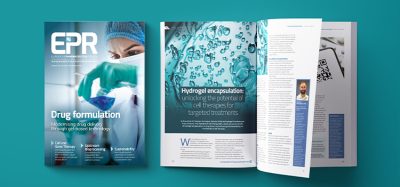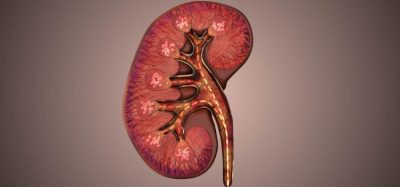New guidance issued for 3D-printed Medical Device License applicants
Posted: 13 May 2019 | European Pharmaceutical Review | No comments yet
Health Canada has published new guidance for manufacturers of higher-risk 3D-printed medical devices.


This guidance is to inform 3D-printed device manufacturers on what to include in their Medical Device License (MDL) applications. It covers design and manufacturing processes, material controls, testing and labelling recommendations for companies with Class III and Class IV implantable devices produced via additive manufacturing.
Its recommendations for 3D-printed medical device regulatory requirements track closely to those issued by the International Medical Device Regulators Forum (IMDRF) and US FDA.
MDL submissions for devices that have been patient-matched or custom-made instead of produced according to predetermined specifications should include the following information in their device description sections:
- Overview of 3D printing process
- Key device design parameters
- Design parameters altered to meet patient-matched specifications
- Critical features.
Additional information required under the ‘device description’ category include design philosophy, any data regarding proposed device changes or modifications if the manufacturer is submitting a license amendment application and marketing history. It must also include the regulatory status either for the device itself or for a relevant and comparable device already approved by Health Canada.
Safety and effectiveness guidance
Safety and effectiveness claims in MDL submissions should be supported by the following materials:
- All standards applied to device design and manufacturing; declarations of conformity should also be included for standards recognised by Health Canada
- Health Canada prescribed preclinical performance testing for final, finished 3D-printed devices
- Shelf-life-related information
- Overviews of software-related workflows covering all phases of design and manufacturing/printing for patient-matched devices
- Clinical data is needed for some 3D-printed devices utilising novel designs, materials or intended uses.
Proper device design and identification labelling must also take into account patient privacy and confidentiality regarding patient-matched devices, according to the guidance. Health Canada suggests patient name, anatomical location for implantation, and/or final design iteration or version of device production method as potentially suitable labelling items.
Click here to read the guidelines in full.
Related topics
3D printing, Drug Manufacturing, Manufacturing, Packaging, Regulation & Legislation
Related organisations
Health Canada, International Medical Device Regulators Forum, US FDA









